
Breeder Spotlight: Kansa Dobermans
Breeder spotlights are designed to be inspiring interviews of long time breeders for young up and coming or aspirational breeders to learn from. Stewarding and preserving breeds can be a difficult road, so hearing from dedicated and educated long time breeders can be an amazing resource. Thank you to Doug and Jacque of Kansa Dobermans for sharing your story!

What first sparked your passion for purebred dogs?
Doug bought his first Doberman as a watchdog. She wasn’t much of a watchdog, but she worshiped the ground he walked on and he saw things in her that he had never seen in a dog before. He found that owning a quality purebred dog was like having a living work of art walking around your home.
Jacque was born into an active dog breeding/showing household. Her mother was a breeder of top winning Pembroke Welsh Corgis and her grandmother was a breeder of Black Cocker Spaniels.
What is your breed(s)? When did you start breeding?
We have only had Dobermans, except for a great little Brussels Griffon. Doug got his first Doberman in 1974 and had my first litter in 1976. Jacque joined him in 1994 and we have been a team since then. To date, we have bred around 50 AKC Champions with most of them finishing owner-handled.
Who was your mentor(s)?
Doug’s early mentors were Steve and Tama Talkington (Kyjur Dobermans) and Jim Briley (Aquarius Dobermans). Jim owned a few of our dogs and is a dear friend to this day. As noted above, Jacque was mentored from a child by her mother and grandmother. She also was a top youth and amateur rider/trainer of American Saddlebred horses and was mentored by many of the legends of that breed.

Why is your kennel name Kansa?
Since we live in Kansas, I think that is fairly self-explanatory.
We all grow and change as we learn more as breeders. When you first began your program, what was your goal?
In the early years, Doug was heavily influenced by the show crowd, so was content to produce top show champions, although he belonged to his first schutzhund club in 1976. Doug’s foundation show bitch was the 1987 Doberman Pinscher Club of America Top Producing Dam. Half of her living off-spring were AKC Champions, including two Top 20 contenders and the #1 Male in the country.
What might you say is your focus for your breeding program now? How has your goal changed, and if it has, why has it?
We Breed Dobermans. Not Show Dobermans. Not Working Dobermans. We believe in and our goal is to breed dogs that can be competitive in the show ring and on the working field (IPO/IGP). There is way too much separation in the breed with one group breeding beautiful show dogs that do not have the character and work ethic to perform in working dog sports (IPO/IGP). The other group breeding Dobermans that perform in working dog sports, but are not high quality conformation specimens to put it politely. Of course, none of this is meaningful if they do not also have good health and longevity.
Owning a beautiful show dog is like having a living work of art. Working a driven working dog is like driving a Ferrari. Having both in the same package is just the ultimate.

From your observation, how has the Doberman breed changed over your years of breeding in terms of health, temperament, and structure?
I think that in the old days, when Dobermans were at their peak of popularity, there were more good dogs. There were more good dogs, more mediocre dogs, and more poor dogs. There was more diversity in different visions of breed. Today, it seems there is an effort to force breeders to have the same vision for the breed, chosen by a select few.
Contrary to some opinions, we do not believe that the breed is less healthy now than in the past. The primary difference is that we have more diagnostic testing tools and now we know what the dogs are dying from. In the old days we did not have as many testing tools. The health issues also seem greater because of social media where grieved owners pour their hearts out over the grief of losing their beloved pet.
The show dogs have become much softer in temperament than when Doug began. They may have stable temperaments, but most do not have the protective instincts that were common in the past. That is one of the reasons why we have been breeding with European Dobermanns. In many of the western European countries, you cannot breed your Doberman without having a working title (IPO/IGP) or pass a rigorous conformation and temperament test called a ZTP. ZTP is an acronym for a long German word that means “fit for breeding”.
Structurally, the US dogs have improved in from assembly, but some are overdone and out of balance these days and lack bone and substance. The average quality of the heads have also diminished over time. This does not mean we necessarily think the European type is better overall. Each type has its general strengths and weaknesses. This is mostly caused by breeders on both continents breeding for “what they like” or “what is popular” instead of to the standard.
Doug is very fortunate that his job takes him around the world and affords him the opportunity to see the breed and visit breeders on different continents to get a global perspective of the breed. He has also been fortunate to have been invited to judge Dobermans on five continents.
You are both AKC judges. Could you discuss why you decided to become judges and how that experience has been for you both?
It seemed to be a natural progression of our involvement in dogs and a way of giving back to the breed. With Dobermans in particular, there are so many judges that do not seem to understand the fine points of correct breed type, proper structure, and correct temperament, we thought we could help in some small way. We do acknowledge that it is difficult to assess temperament/character in the conformation show ring.

Those of us who have bred a while know it can be a rocky road full of challenges. Has there been a time in breeding you considered quitting?
Well, of course there have been ups and downs, victories and defeats. What is frustrating is, again, the factionalization of the breed and divisive attitudes. The other show breeders say we breed Working Dobermans, while the other working breeders say we breed Show Dobermans. Some even suggest that we do not like American Dobermans because we have chosen to include dogs from other parts of the world, including Europe, in our breeding program. We enjoy the challenge of combining different dogs to produce a really fine Doberman and the thrill of watching puppies develop and grow.
What was one of your high points as a breeder?
As mentioned earlier, our foundation show bitch that we bred produced 9 champions from 18 puppies by 4 different sires with most of them being owner-handled. She was the 1987 DPCA Top Producing Dam and won the Brood Bitch class at our National Specialty in 1985. We have bred Conformation and Obedience Top 20 contenders as well as Champion Schutzhund titled dogs. We owning the only Doberman since World War II to be a champion in the US and in Europe. (another dog has also achieved this since then, but he was the first).
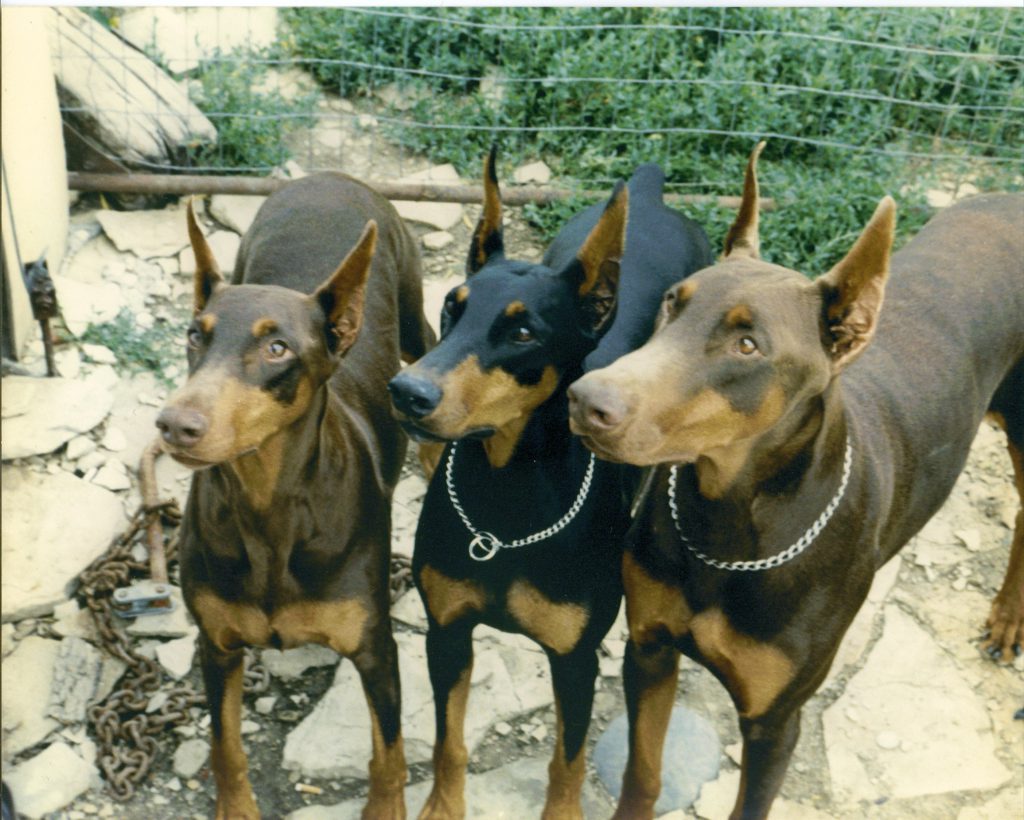
In the years to come, when someone is writing the history of your breed, how would you like to be remembered?
We hope we are remembered as real Doberman breeders that produced quality all-round Dobermans that could compete in the show ring and on the working field with proper character, quality conformation, and good longevity. We hope we are remembered as people that were willing to share our experience and help new people.
We, obviously, are a company that empowers breeders to be conservators of their breed’s long term diversity and viability. How do you use this in your breeding program?
This is an evolving process that is still in its infancy and will take time, especially when we typically only have 1 or 2 litters per year. In the old days we poured over pedigrees when planning breedings only to find that they did not mean as much as we thought. Now that we have meaningful DNA testing, we have much better data to work with even if the combinations of inheritance are still random.
We have been fairly successful at achieving dogs with better than average OI, IR, and AGR. Now we are looking at sires that also have unusual DLA Haplotypes, but still have the conformation and character that we desire. This has proven to be much more of a challenge.
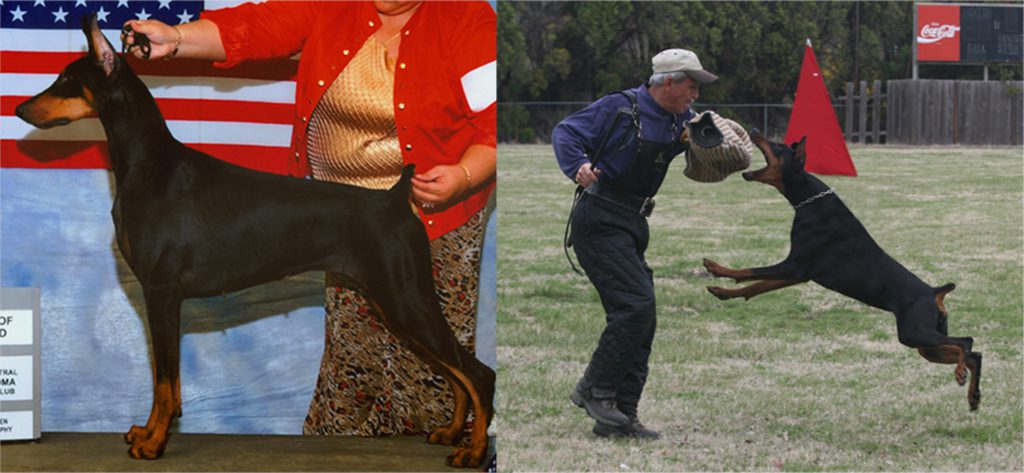
Since using BetterBred, have you had any exciting keepers you would like to brag about?
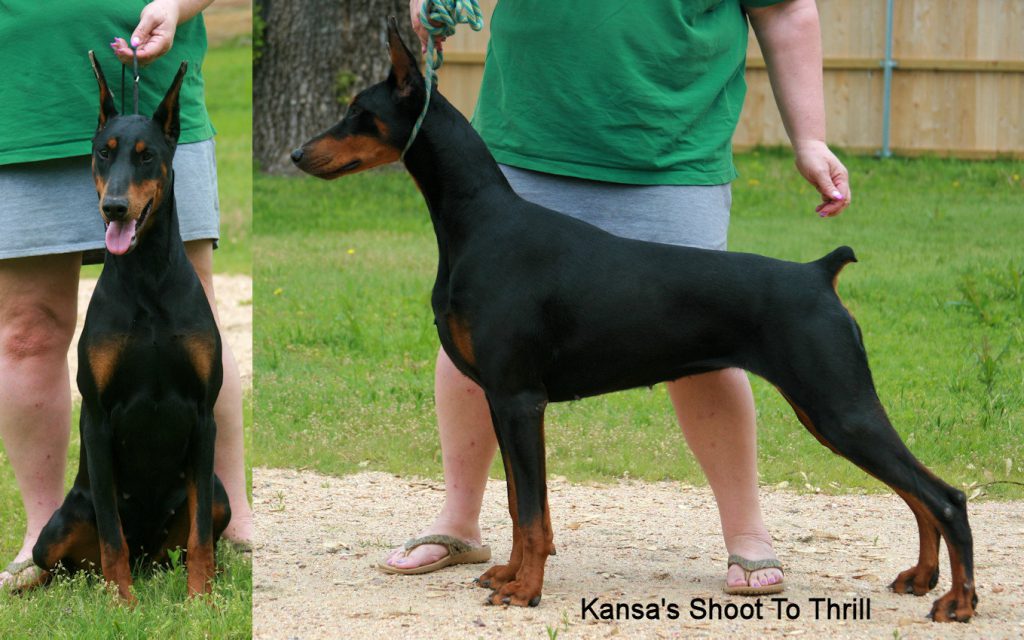
This a lot like gambling, except I think of it like rolling a hand full of dice instead of merely rolling a pair. There are so many combinations. One of our most diversely bred females and one of the most common are half-sisters to each other. One of the best successes was the litter from the Romanian-bred Multi CH Destiny’s Phoenix Highway to Hell IPO III and Kansa’s Heat Index. Of the 6 puppies in the litter, we got OI from 0.20 to 0.35 with all above the breed average and all, but one 0.26 or above; AGR from 0.08 to -0.18, with 5 of the 6 more negative than the breed average ; and IR from 0.01 to -0.19, all more negative than the breed average.
Do you have plans you’d like to share about your breeding program?
We are planning an exciting litter for this winter. We are breeding one of our AKC Champions with good diversity numbers to a top working show line dog in Europe who has not been tested yet. We use diversity in our breeding program, but it is not the only consideration. We also have some breedings planned that look fairly close on paper, but show highly diverse and in the high 10 category in the breeding tool.
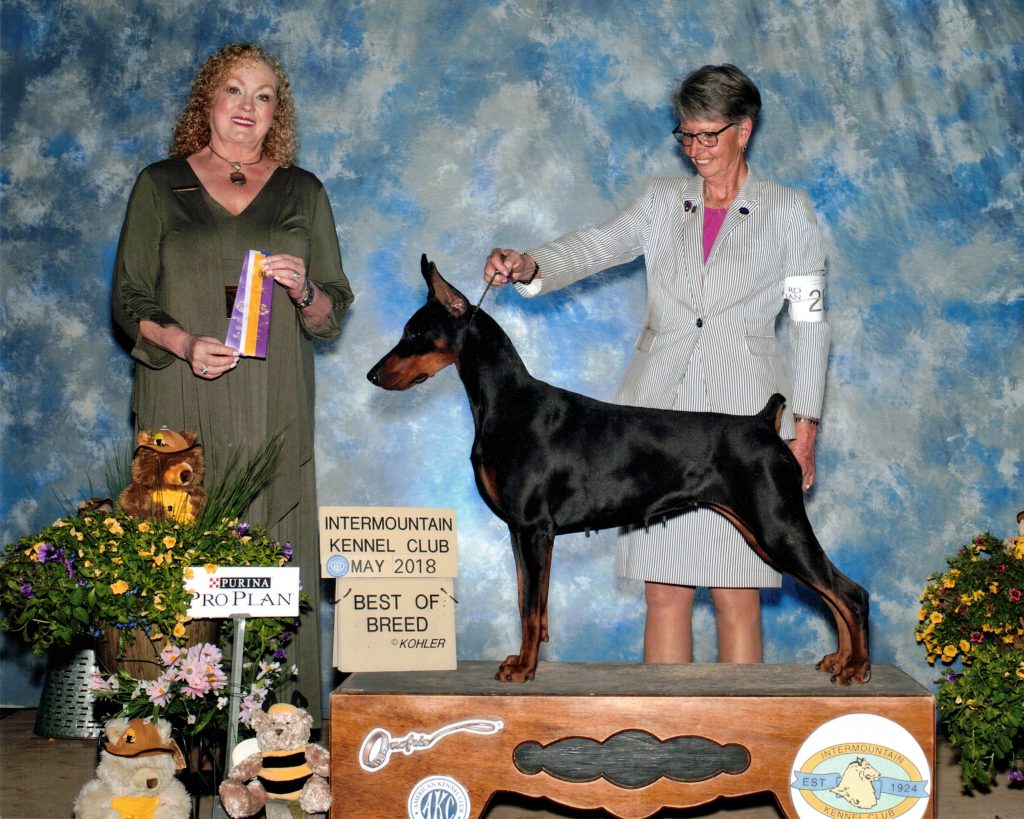
And finally, do you have words of wisdom to impart to those who have not been in the breed for long? Something you might have liked to have heard, or maybe should have heard?
Find a good mentor, but seek a diversity of opinions. Learn from those with experience and success. Be objective and don’t get blinded by one person’s opinion. Seek out and breed Dobermans with proper character, quality conformation, and good longevity. There are good, mediocre, and poor Dobermans all over the world. Seek the best wherever you can find them.
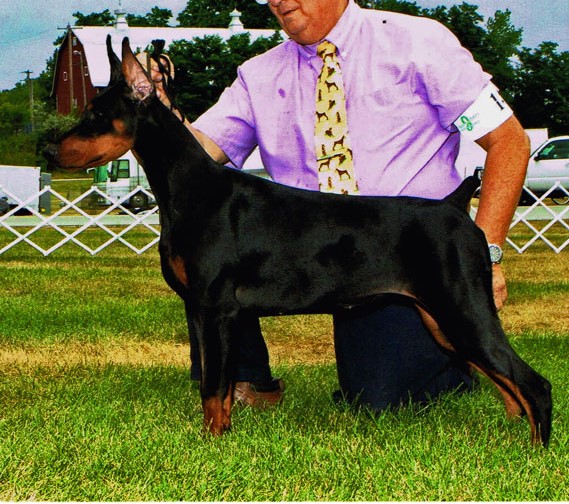
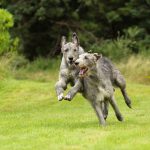 Previous Post
Previous Post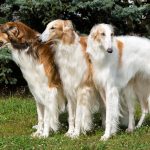 Next Post
Next Post


